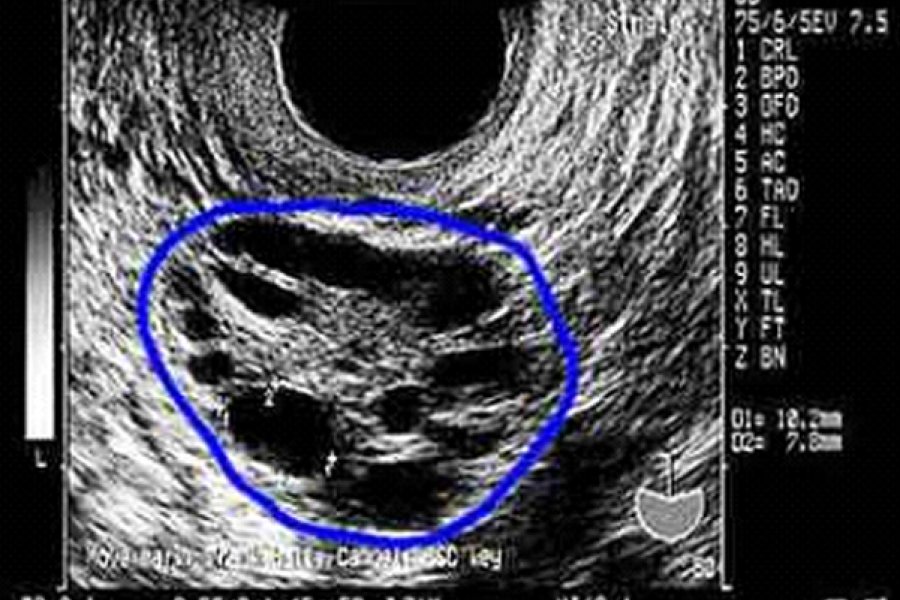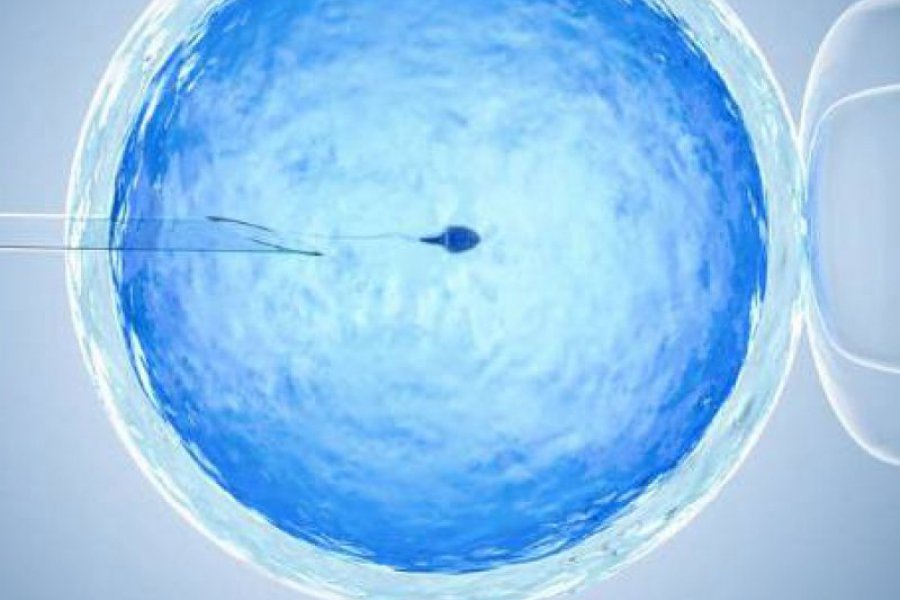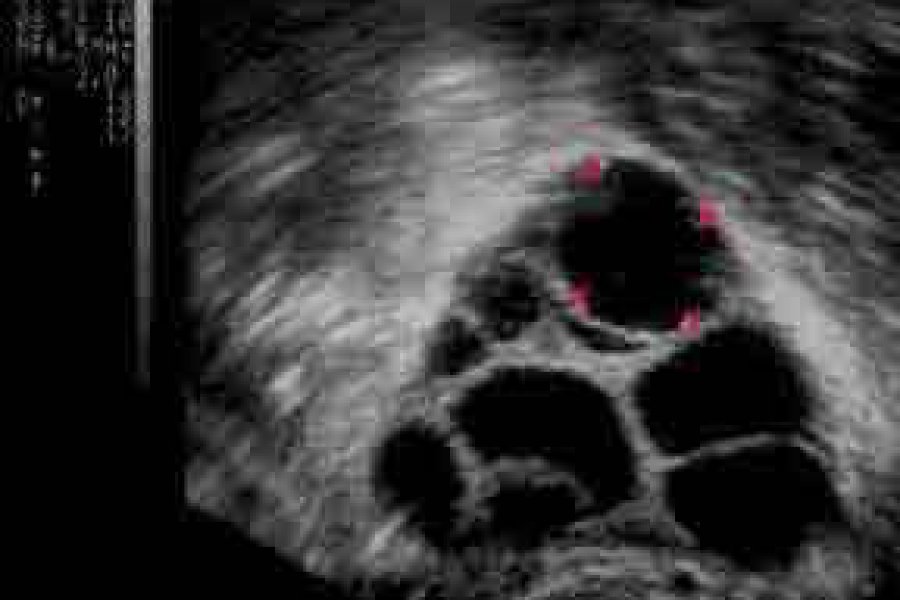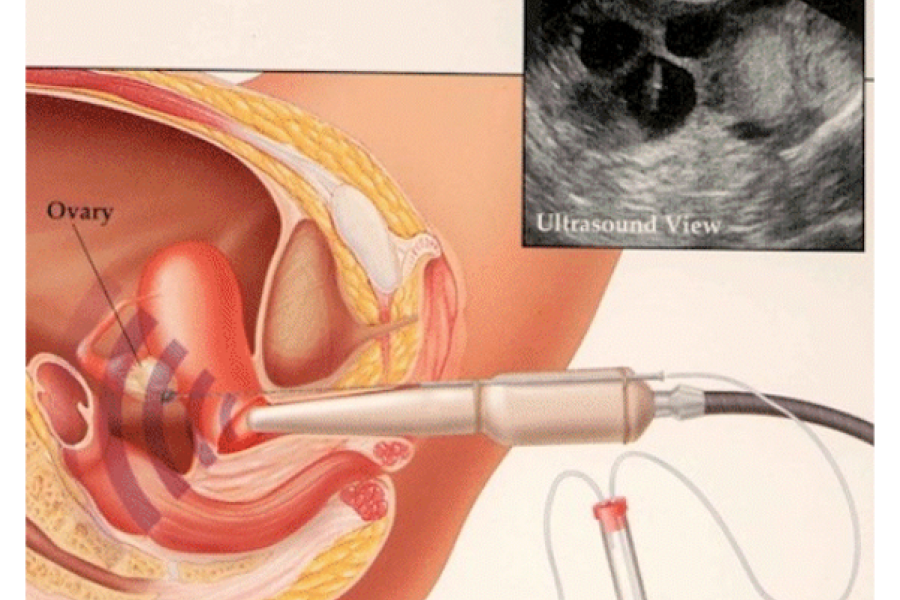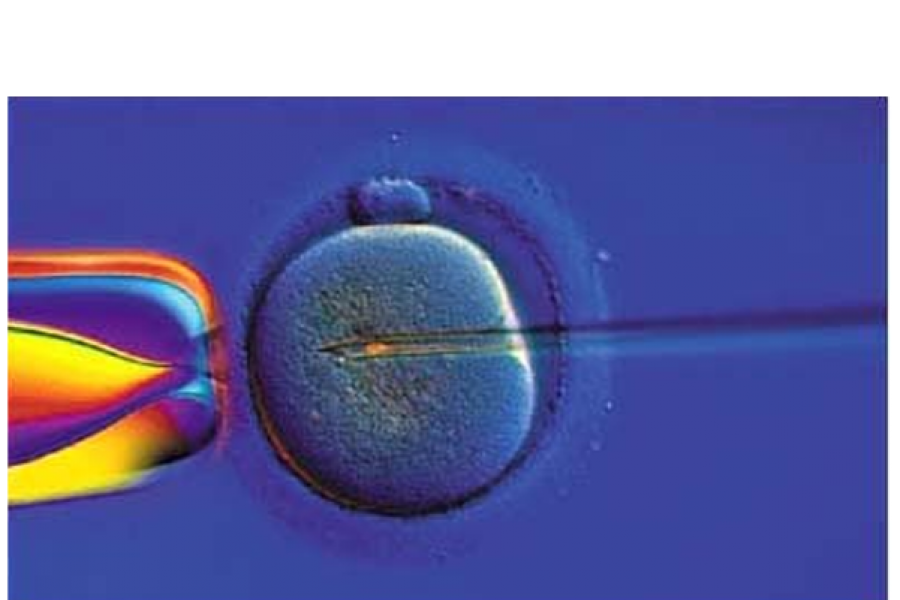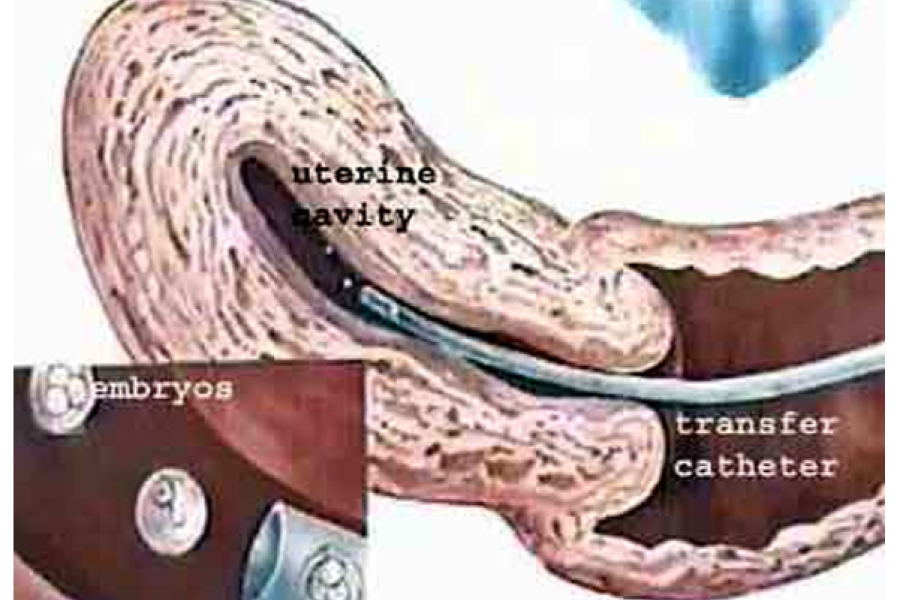POLYCYSTIC OVER DISEASE
POLYCYSTIC OVER DISEASE
The most important manifestations of the disease
Tiny cysts detected by ultrasound in the ovaries,
Infrequent or absent periods
It is the appearance of male-pattern hair growth on the body.
The presence of two of these findings makes the diagnosis of the disease.
In addition to the above, patients may also experience weight gain and infertility problems. Generally, patients apply with the complaint of hairiness or menstrual irregularity.
The basis of the disease is the inability of the follicles to grow in the ovaries and the presence of many follicle precursors in the ovaries. Since the ovaries cannot form follicles, ovulation will not occur and pregnancy will not be possible. Due to the absence of ovulation, the menstrual cycle is disrupted, the intervals between the periods are opened and the patient starts to have a period every 2-3 months, or even may not have a period at all. Depending on the male hormone released from tiny cysts in the ovaries, male-pattern hair growth begins on the face and legs. Weight gain is one of the factors that trigger the onset of the event, but the patient does not always have to be overweight, there are also thin patients.
After the diagnosis of the disease is made, the treatment is carried out completely according to the wishes of the patient.
In those who do not want children, treatment is given for complaints (menstrual irregularity, hair growth). The main drug used is the birth control pill. In addition to the birth control pill, drugs with anti-androgen properties can also be added to prevent hair growth. In this way, the woman's menstruation begins to be regular and new hair growth is prevented. Cosmetic methods can be used for existing hairs. The patient can use the birth control pill as long as there is no desire for a child, this both ensures menstrual regularity and prevents hair growth.
If there is no additional reason for infertility in those who have a desire for a child, an attempt is made to create a pregnancy with ovulation treatment. After other infertility tests (HSG, spermiogram) are done, ovulation treatment is started if there is no problem. First of all, ovulation is tried to be stimulated with pills. If successful, treatment is continued for six months, natural intercourse or vaccination is recommended following ovulation. If ovulation has not occurred with pills, the dose is increased and if it is not successful or pregnancy does not occur despite ovulation, ovulation injections are used. Vaccination is done after ovulation. If pregnancy has not occurred despite three vaccinations, in vitro fertilization can be applied.
Since there are disorders in sugar metabolism in polycystic ovary disease, some sugar drugs (metformin) can also be used during ovulation treatment. With this drug, the response of the ovaries becomes more regular and balanced.
Drugs containing inositol also facilitate ovulation in patients with polycystic ovary syndrome and enable the patient to respond more easily to ovulation drugs.
An issue to be considered in polycystic ovarian disease is that patients may overreact to drugs and cause a condition called hyperstimulation syndrome. In order to avoid such a problem, it is necessary to keep the dosage of the drugs balanced.
In the past, surgical treatment was also applied in polycystic ovarian disease, but nowadays there is no place for surgical treatment. By removing a wedge-shaped piece from the ovaries, the hormones were balanced and ovulation was ensured. With the widespread use of laparoscopy, with the method called "ovarian drilling", mink holes are drilled in the ovaries with cautery (electric pen) accompanied by laparoscopy, which destroys the ovaries and helps ovulation by providing hormone balance. Both methods are not preferred today because they damage the ovaries and reduce the ovarian reserve and cause intra-abdominal adhesions.
Shamatic image of polycystic ovary syndrome
Ultrasound image of polycystic ovary syndrome
Laparoscopic ovarian driling (destroying the ovarian tissue by making a hole in the ovaries with electricity)
Ultrasound image of polycystic ovary syndrome
